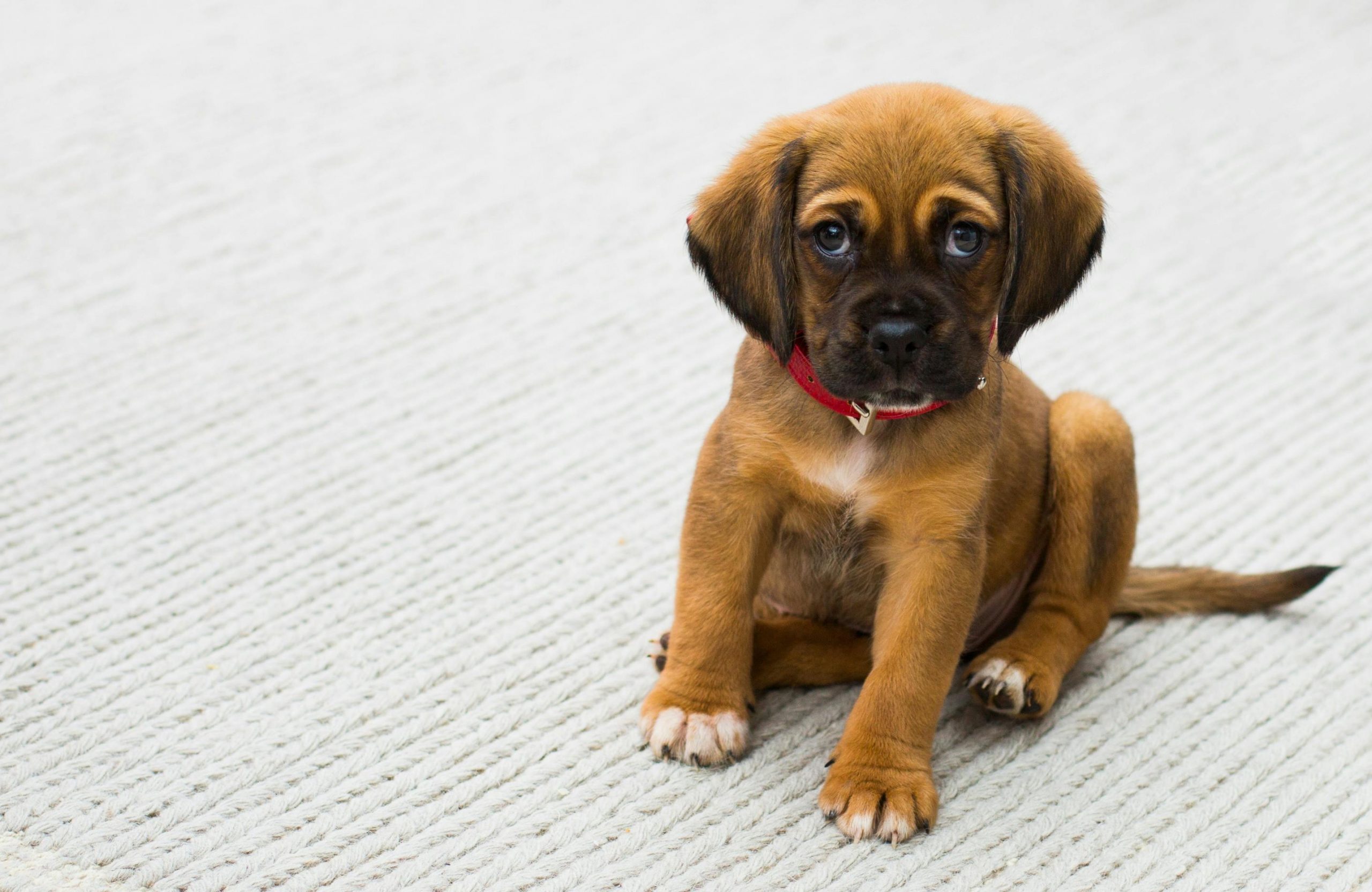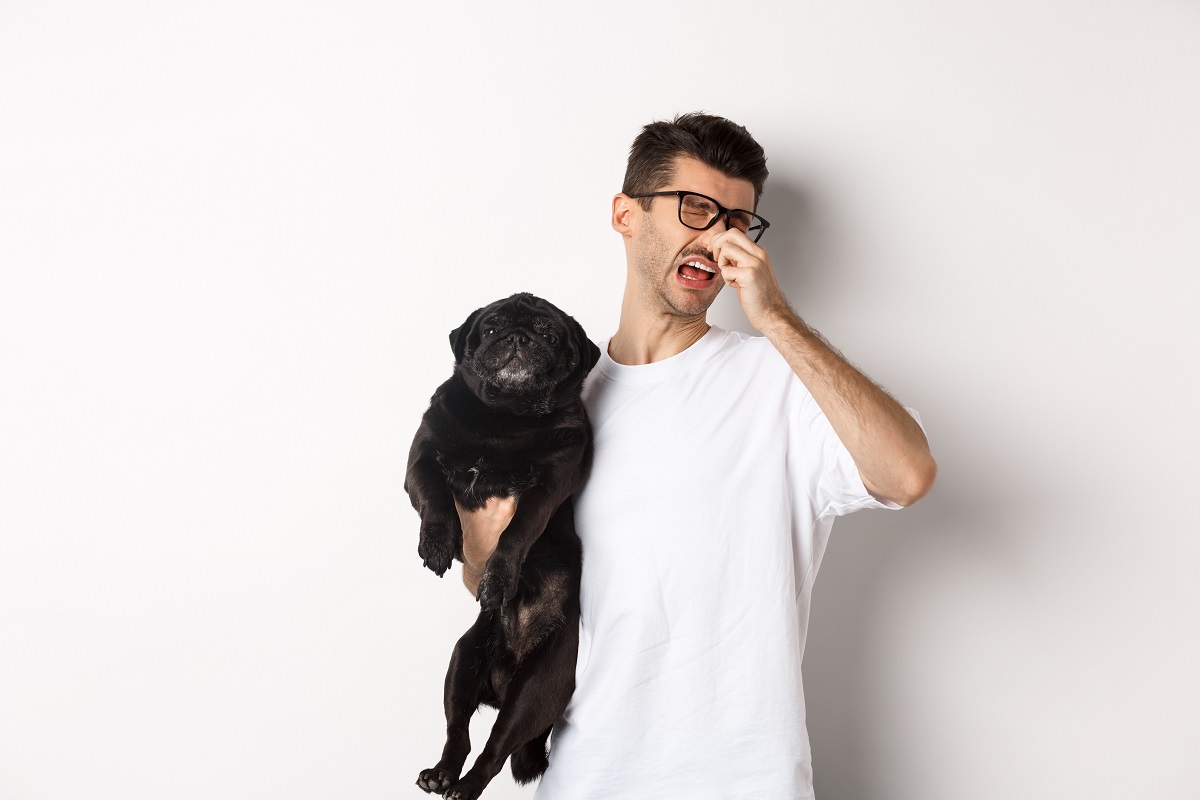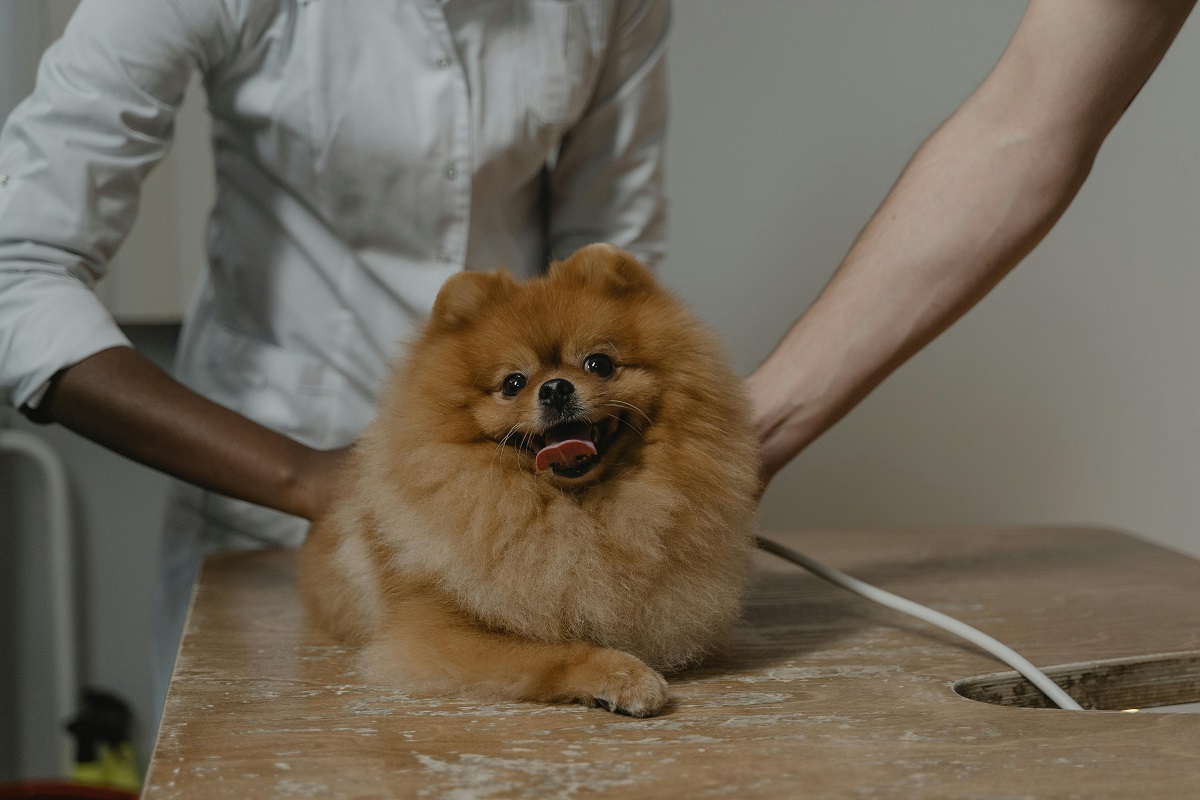
If you’re a pet parent and you’ve heard about the dangers of parvo (canine parvovirus), you probably know it’s a serious illness. But what you may not know is that one of the first and most noticeable symptoms of parvo is the smell—and it’s not just any smell. The odor from a dog’s poop during a parvo infection is so distinct and foul that many veterinarians and seasoned pet owners can recognize it right away.
In this article, we’ll walk you through what causes that awful smell, how to identify it, and what to do next if you suspect your pup might be dealing with parvo.
What Does Parvo Poop Smell Like?
Let’s get right to it: parvo poop smells awful. It’s a powerful, rancid odor that’s hard to ignore—and even harder to forget. People often describe it as a mix of:
- Rotting meat
- Fermented garbage
- Metallic blood
- A sour, sickly stench that lingers
This isn’t your typical bad dog poop smell from something off in the diet. It’s deeper, nastier, and unmistakably wrong. If you catch a whiff of it once, you’ll remember it.
But why does it smell like that?
Why Does Parvo Poop Smell So Bad?
The answer lies in what the parvovirus does inside your dog’s body. When a puppy or dog contracts parvo, the virus attacks the lining of the gastrointestinal tract. Here’s what happens:
- Intestinal lining gets destroyed – The virus strips the protective lining of the gut, allowing blood and tissue to leak into the intestines.
- Severe inflammation and infection – The gut becomes inflamed, and bacteria from the intestine can enter the bloodstream (a condition called sepsis).
- Blood in the stool – Bloody diarrhea is a hallmark symptom, and it contributes to that metallic, iron-like smell.
- Rotting tissue – Pieces of intestinal lining may pass through the stool, releasing an unmistakably putrid odor.
All of these combined factors result in feces that has a smell much more intense and offensive than anything you’ve likely smelled from your dog before.
Is the Smell Alone Enough to Diagnose Parvo?
No. While the smell is definitely a red flag, it’s not enough on its own to diagnose parvo. However, it is an important clue—especially if your dog is showing other signs.
Watch for these additional symptoms:
- Lethargy – Your dog is suddenly very tired or uninterested in normal activities
- Vomiting – Often yellow or foamy at first, and can become more severe
- Diarrhea – Watery, bloody, or unusually foul-smelling
- Loss of appetite – Refusing food or treats
- Fever – Or sometimes a dangerously low temperature
- Dehydration – Gums may be sticky or dry, and skin may lose elasticity
If you notice a combination of these symptoms, especially alongside that distinctive poop smell, contact your vet immediately. Parvo progresses quickly, and early treatment can mean the difference between life and death.
What Does Parvo Poop Look Like?
Since we’re talking about poop, let’s not skip what it looks like—because visual clues often go hand-in-hand with the odor.
Parvo-infected stool is usually:
- Watery or very loose
- Brown, red, or even black depending on the presence of blood
- Mucus-filled or stringy in texture
- Frequent and large in volume despite the dog eating very little
As dogs move through the stages of parvo, the appearance of their stool can shift from mildly loose to increasingly bloody, foul-smelling, and unrecognizable. Combined with the smell, this appearance can help you recognize when something is seriously wrong.
Can You Smell Parvo Before Symptoms Show?
Not really. The smell only appears once your dog starts having diarrhea, which typically happens a few days after exposure to the virus. The early stage—called the incubation period—is when the virus multiplies in the body, but your dog may still appear healthy. During this time, there is no unusual stool or smell yet.
However, once the virus takes hold in the gut (usually around day 4 or 5 after exposure), the diarrhea and smell hit fast.
What Should You Do If Your Dog Has That Parvo Smell?
If your dog’s poop has a terrible, rotten odor and they are showing any of the other parvo symptoms listed above, here’s what to do:
1. Call Your Vet Immediately
This isn’t the time to “wait and see.” Parvo can kill within 48–72 hours after symptoms begin. Your vet can perform a simple fecal test to confirm parvo.
2. Isolate Your Dog
Parvo is extremely contagious. If you have multiple dogs, isolate the sick one immediately to prevent spread.
3. Disinfect Everything
The virus is hardy and can live on surfaces for months. Clean with a bleach solution (1 part bleach to 30 parts water) on:
- Floors
- Bedding
- Toys
- Bowls
- Your hands and clothing (after contact)
4. Don’t Try to Treat Parvo at Home
There’s no “cure” for parvo, but supportive care (IV fluids, anti-nausea meds, antibiotics) gives your dog the best chance. Home remedies rarely work and often delay proper treatment.
Can Parvo Smell Linger in Your Home?
Yes, the smell can linger—not just from the virus, but from the soiled areas. Even after your dog recovers, you may notice a residual odor where the diarrhea occurred.
To fully eliminate the smell:
- Use enzyme cleaners – These break down organic matter, including blood and stool proteins
- Steam clean carpets and floors
- Air out the space – Open windows, use fans, and air purifiers
- Replace severely soiled items – Like old rugs or bedding, if they hold the smell
Can Other Conditions Cause Similar Poop Smells?
Yes, but they’re usually not as extreme or specific as parvo.
Conditions that might produce foul-smelling diarrhea:
- Giardia (a parasite)
- Pancreatitis
- Dietary indiscretion (eating garbage or spoiled food)
- Worm infestations
- Colitis or bacterial infections
However, none of these usually produce the same combination of metallic, rotting, sour odors associated with parvo. When in doubt, always consult a vet.
How to Prevent Parvo (and That Smell)
The best way to never experience the parvo poop smell is to prevent your dog from getting infected in the first place.
Key prevention tips:
- Vaccinate early and on schedule – Puppies need a series of shots at 6, 8, 12, and 16 weeks
- Limit exposure – Don’t take unvaccinated puppies to dog parks, pet stores, or high-traffic areas
- Keep things clean – Sanitize your yard and avoid areas known for outbreaks
- Be cautious with rescues – If you adopt a puppy or shelter dog, quarantine them for 10–14 days
- Stay informed – Know the signs, know the smell, and act fast if you see them
Final Thoughts: Trust Your Nose—and Your Instincts
If you’re a pet parent, your senses are some of the best tools you have. The smell of parvo poop is real, unmistakable, and something every dog owner should be aware of. It’s not just gross—it’s a critical early warning sign.
When you smell something that seems too foul to be “just bad poop,” don’t second-guess yourself. Combine that with other symptoms, and you’ve got enough reason to get help right away. Your dog’s life might depend on it.


